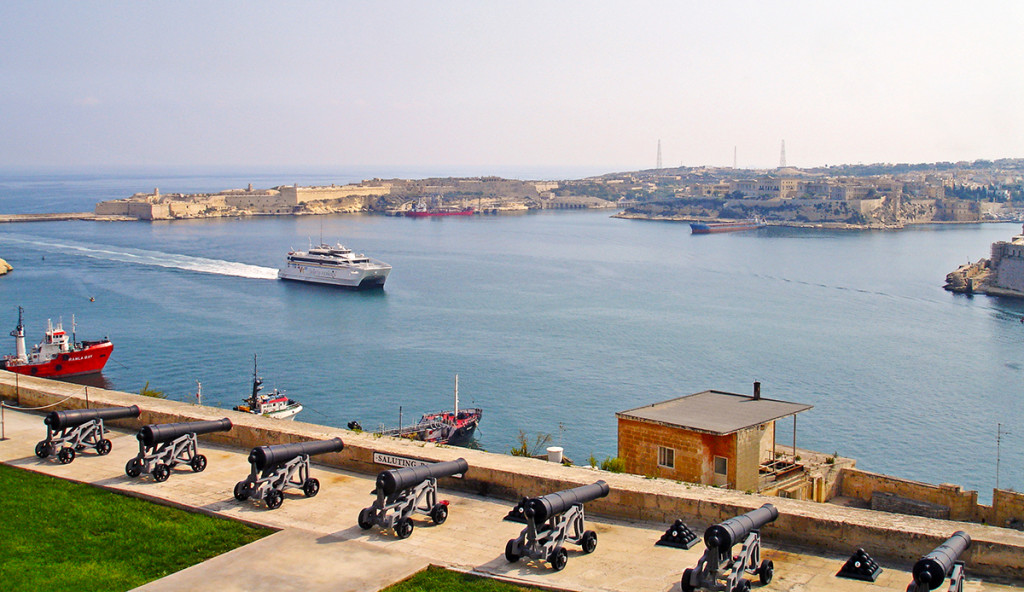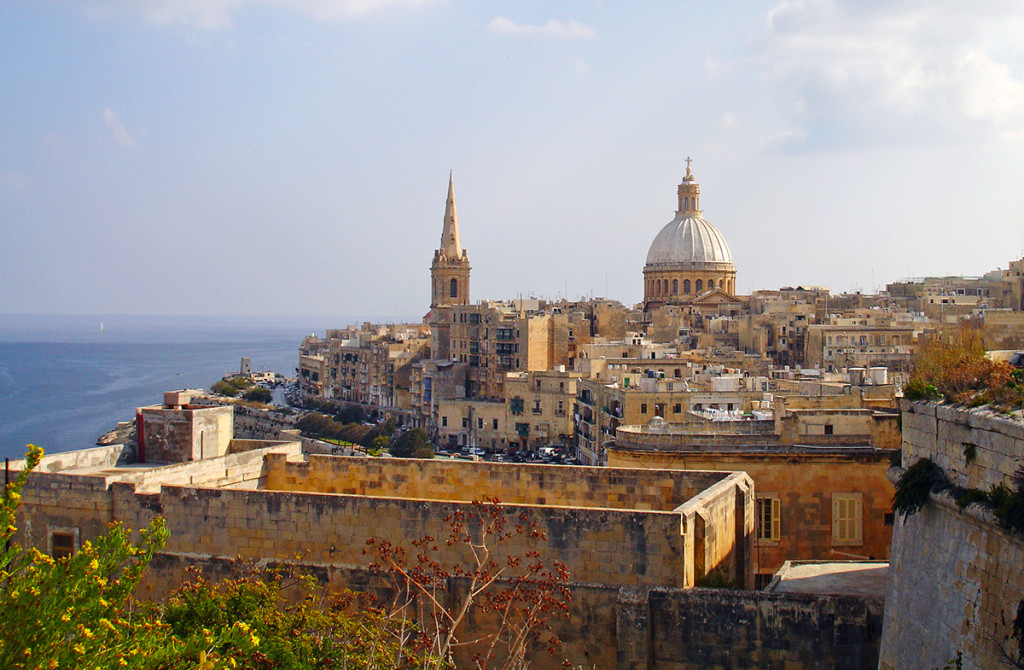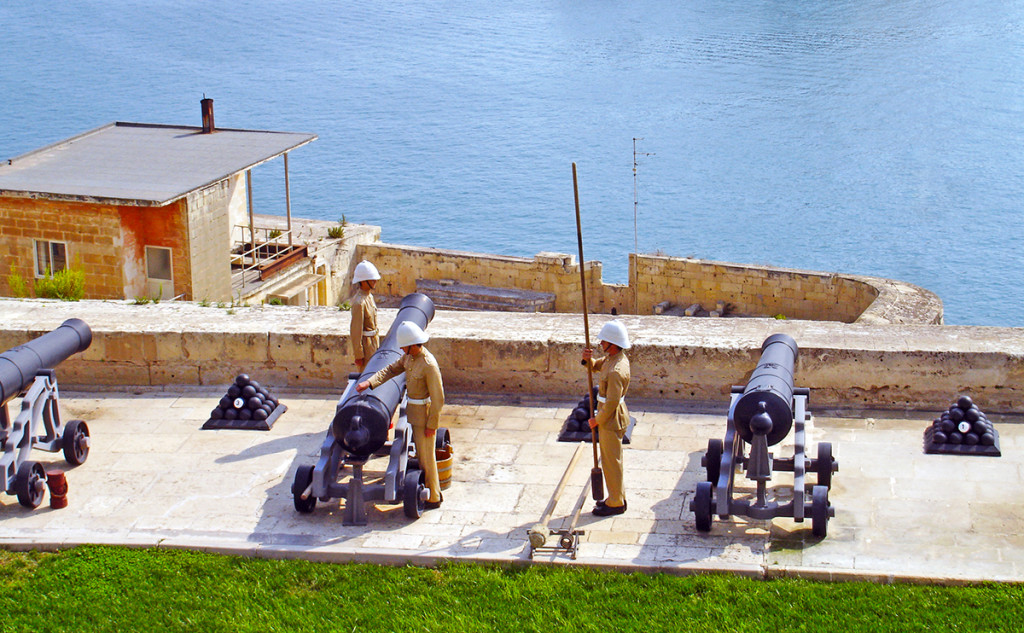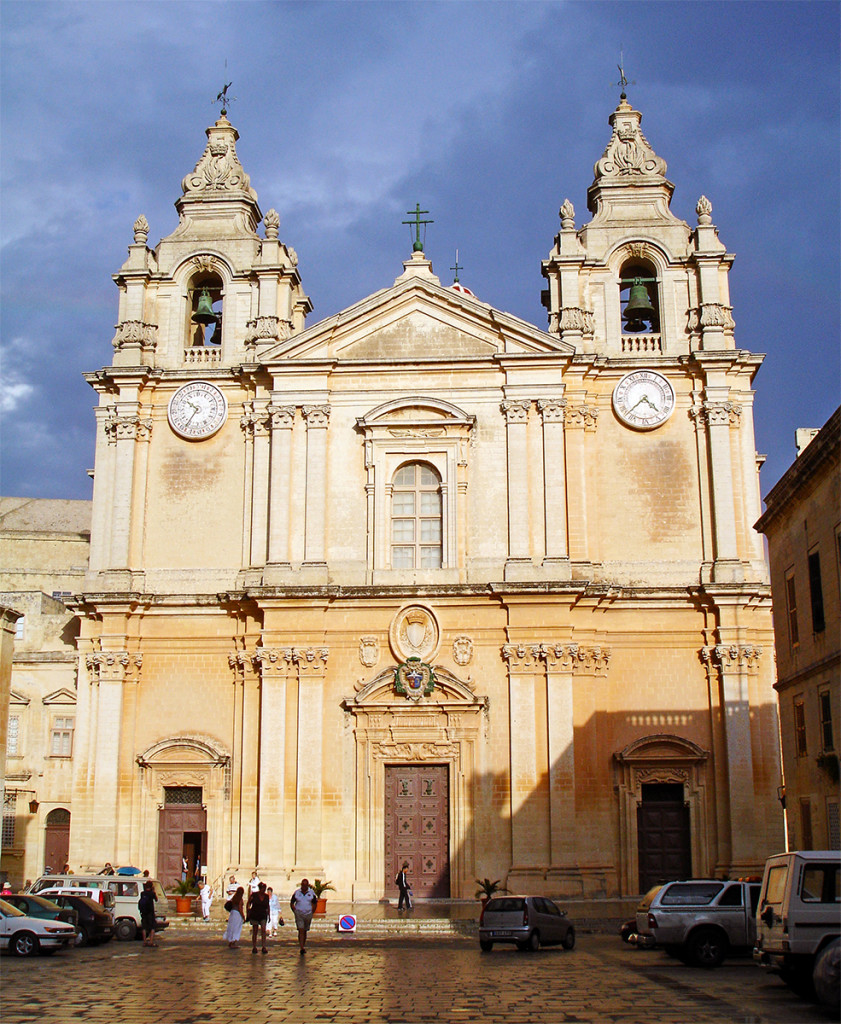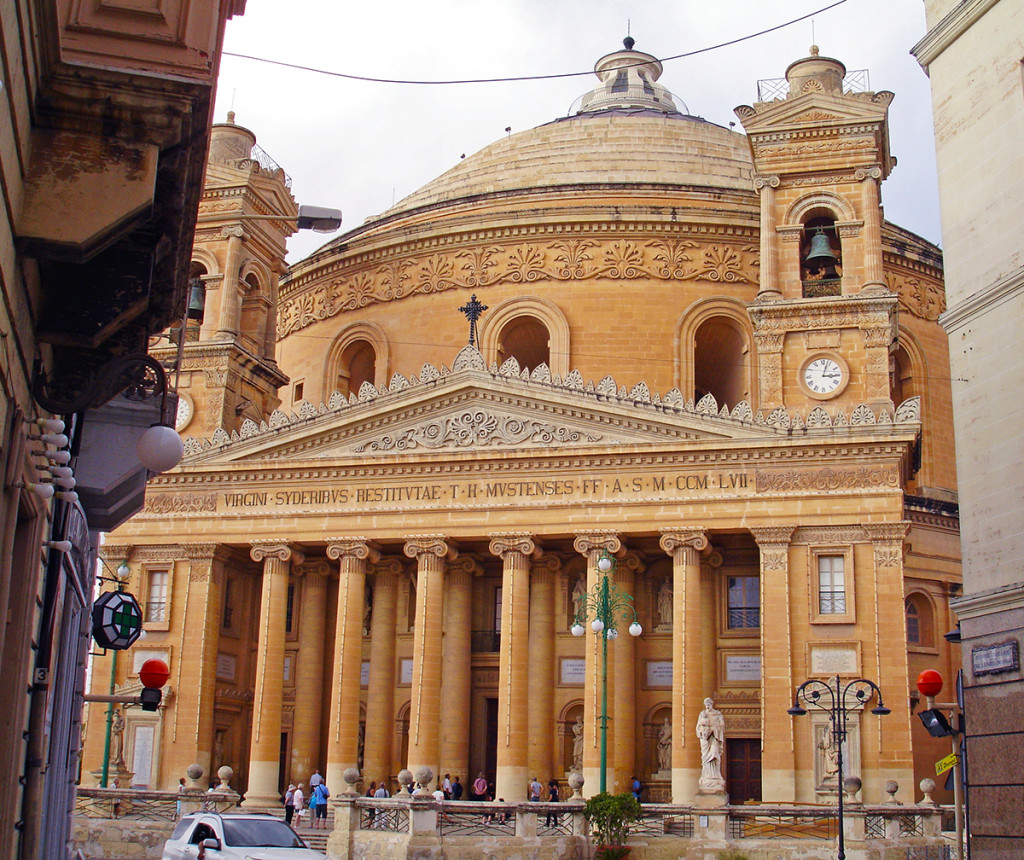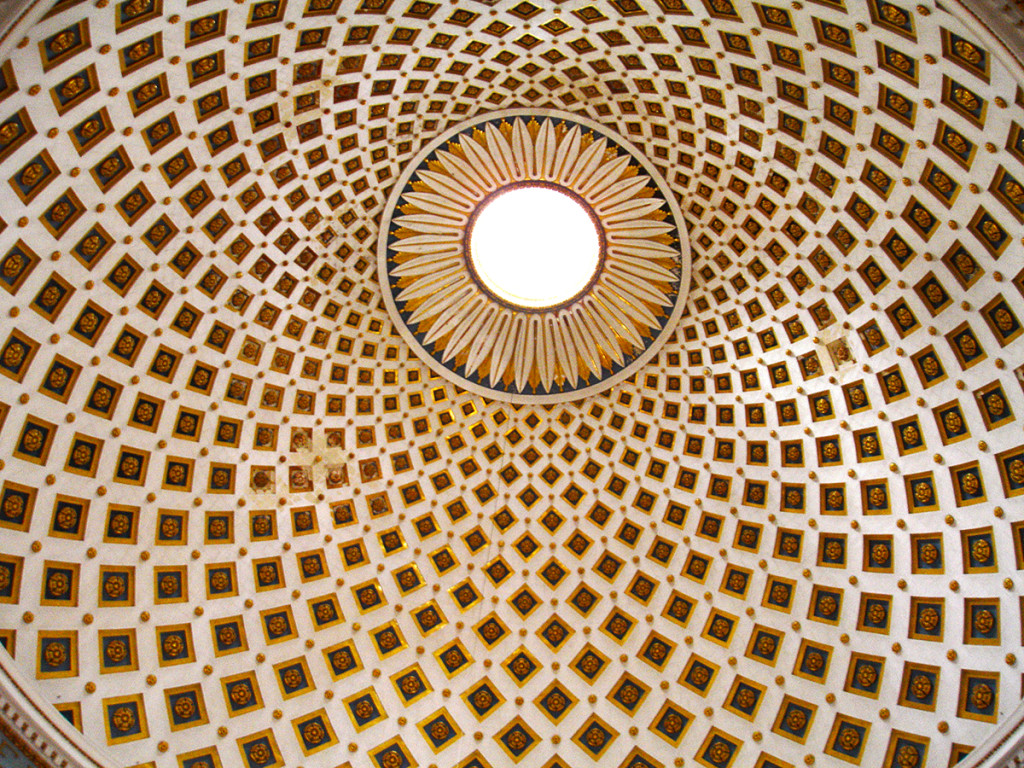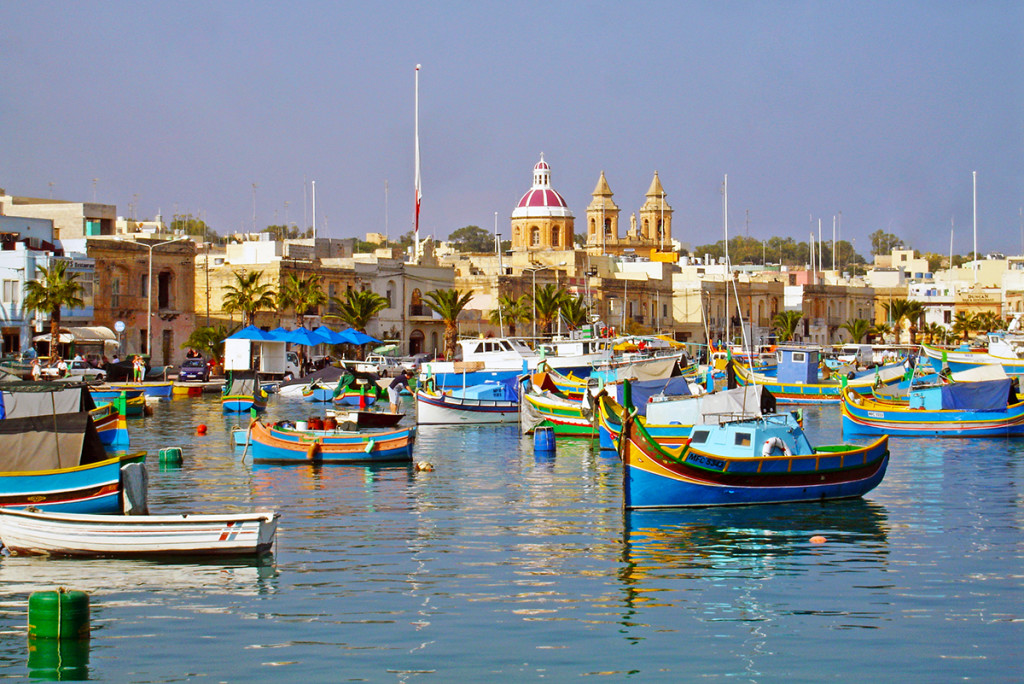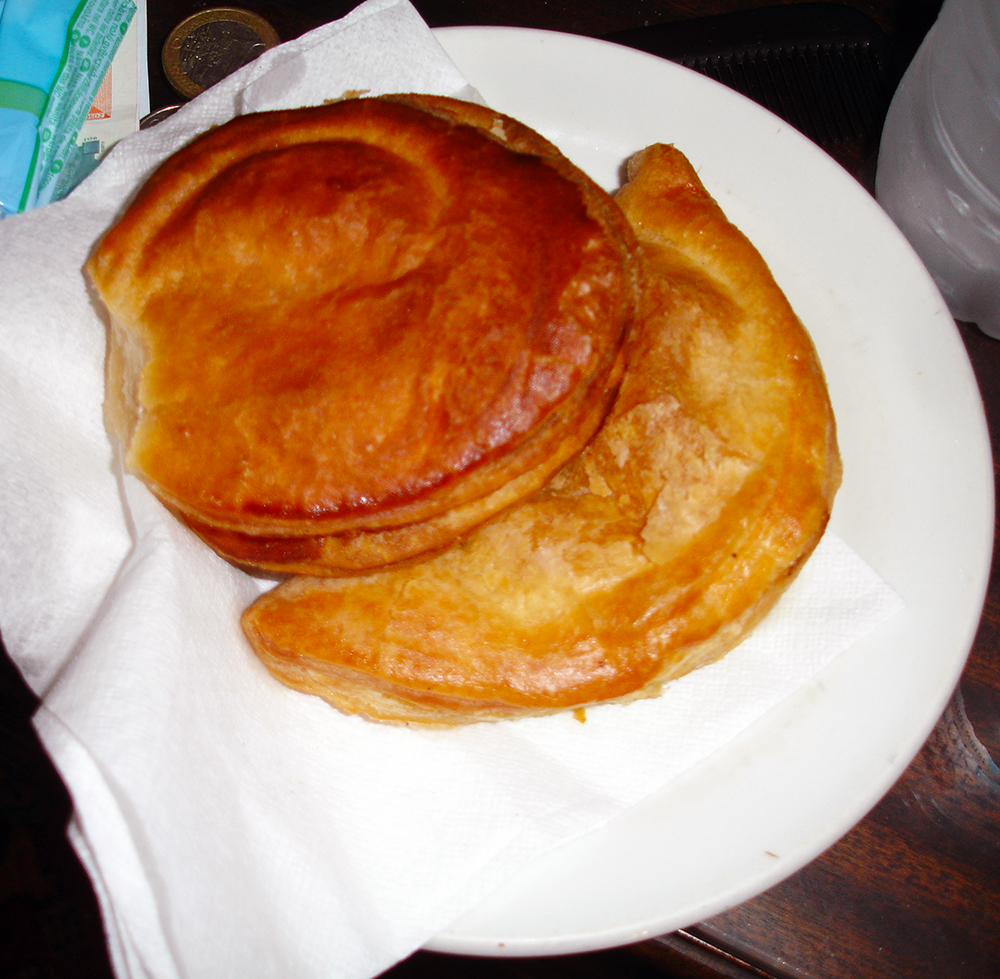Today we’re going to Malta.
“Where?” you ask. “Malta.” Yup, time for a geography lesson.
You know what? I didn’t know a hell of a lot about Malta either. I mean, I had a rough idea of where it’s located, but that was about it. Thankfully, I have a friend who I was able to turn to for some good, first-hand information.
This little group of islands is located in the Mediterranean Sea, between the Italian island of Sicily and North Africa. It’s only 122 square miles and has a population of about 450,000. So, it’s pretty densely populated. But, that doesn’t mean it’s overly crowded.
It’s a country with a rich history due to its location. Phoenicians, Romans, Moors, Normans, Sicilians, Spanish, French and British have all ruled Malta. As a result, there is an interesting, eclectic mix of cultures showing up in the historical sites, the food, the traditions. For a small country there is a lot to experience here.
There are actually five islands that comprise Malta – the main island of Malta which is the largest, Gozo the second largest, the tiny Comino and two uninhabited islets called Cominotto and Filfla.
Believe it or not, English is the official second language of this beguiling country with Maltese being first. This makes it relatively easy for English speakers to visit. Are you intrigued? I think you should be. But, here’s a piece of advice: don’t go to Malta in summer. It’s quite popular with Europeans so very crowded. And it’s quite hot too.
Instead think about visiting in the off-season or at least the shoulder seasons – April/May or September/October. Being a Mediterranean country means the climate is decent year round. You might see some rainy days in the off-season (it’s rainy season in winter), but having more space will be worth it.
The capital of Valetta is likely where you’ll at least start your journey. Cruise ships do come in here, so it can get busy. But there are some sites worth checking out such as the Upper Barrakka Gardens with views out to the Grand Harbor, St John’s Co-Cathedral with it’s gorgeous architecture and a beautiful painting by Caravaggio, the Grand Master’s Palace with its Armory of suits and weapons and the Saluting Battery. This one is my favorite. Along the harbor is a terrace where, once upon a time, a cannon would fire a “salute” to visiting naval ships. Now, every day at noon and 4pm, the cannon is fired with a lot of pomp and circumstance. If you’re a military history buff, you’ll love it!
Outside of Valetta there’s loads more to see. Mdina is a city located in the middle of the island and is approximately 4000 years old. There’s definitely a mix of cultures here. It was important to the Phoenicians, the Romans, and the Arabs. Today you’ll see remnants of these people in the architecture. It’s a wonderful city to escape the craziness of Valetta and is especially quiet once you get off the main street.
Just northeast of Mdina is the town of Mosta. Mosta has a very interesting site with a more recent intriguing story. The site is the Rotunda de Mosta, which is the third largest unsupported dome in the world. But, as Ann explained to me, “During WWII, a bomb went right through the dome but didn’t detonate. 300 people were in the church, at mass. It’s really beautiful.” And obviously, pretty special.
Nearby is the town of Qrendi and its neolithic temples – Mnajdra and Hagar Qim. Listed on the UNESCO World Heritage Site list, you know these are going to be worth the time. Being typical neolithic temples, no one is really 100% sure what these were used for. Judging by the position of the southern temple at Mnajdra, it was probably used to mark the seasons by following the movement of the sun. But, who knows! I personally find sites like this really cool as they leave a lot to the imagination.
There are some lovely fishing villages dotting the rocky coast. Ann and her husband, Nick, stopped in Marsaxlokk (pronounced marsa-schlock), a traditional fishing village of about 3500 inhabitants. “It’s a cute little fishing village in the southern part of the country. Lots of really colorful boats.” It’s a great place to wander around and while away your time with a meal of fresh fish as you gaze out onto the water.
Speaking of food…
One of the traditional foods of Malta is something called pastizzi. This is a pastry usually filled with ricotta or mushy peas. There are pastizzerija, shops that make and sell these tasty treats, all over Malta. Ann raves about them and even makes them herself. You see Ann is of Maltese decent. So, she has some ties to this little known country.
In fact, on her trip a few years ago, she went to Sliema, a town in the north and a major tourism spot, where her great-grandmother lived. She was able to find the house where she lived as well as the church she was married in. How cool is that?
I’m really only scratching the surface with Malta. There’s so much more. More to see and do on the main island. More to see and do on Gozo which is quieter, greener and thought to be the legendary Calypso’s Isle of Homer’s Odyssey. More to see and do on the car-free Comino where the Blue Lagoon is and where there’s fabulous snorkeling and diving.
There’s awesome fresh food such as figs, olives and grapes. There’s lots of sunshine. There’s a fabulous coastline with rocky cliffs, hidden coves and natural ports. There’s so many historical sites.
For a small country, Malta really does have it all. I know I’m ready to go!
Thanks to Ann and Nick V. for the information and the fabulous images!!!


